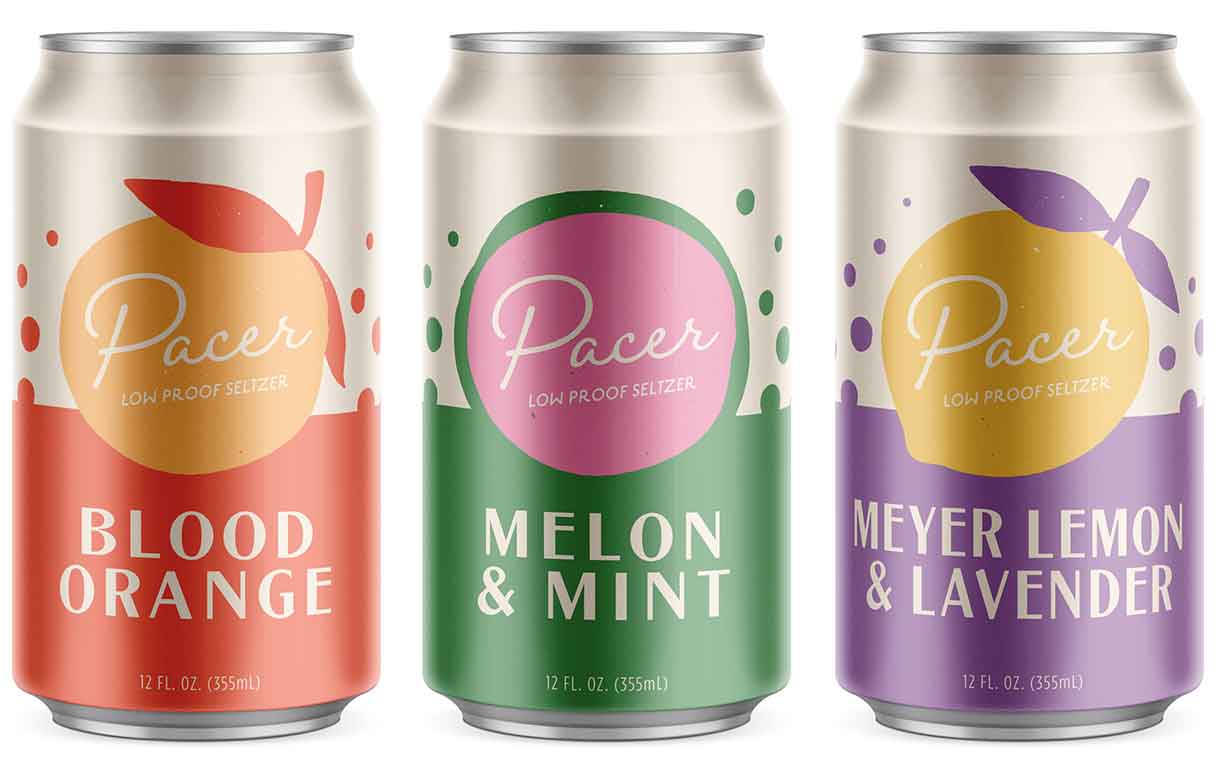Like brewpubs? Get ready for stillpubs.
Legislation approved Thursday by the Illinois House would license craft distillers similar to the way craft brewers are regulated, with the aim of giving a boost to the burgeoning community of artisan spirits makers in the state.
The bill, which still faces a vote in the Senate, would create a license that allows small distillers to self-distribute some product, removing a major hurdle for unknown brands trying get on store shelves, and another license that allows distillers to open up to three satellite locations where they can serve their house-made spirits as well as other alcohol in a pub environment.
The changes would allow craft distillers to build brand awareness and new revenue streams, helping them grow and encouraging new distillers to set up shop in the state, said Noelle DiPrizio, who co-owns Chicago Distilling in Logan Square.
“Based on our surrounding states it would make us one of the more favorable states to start a business,” said DiPrizio, president of the Illinois Craft Distillers Association, which pushed for the bill.
There are 34 businesses federally licensed as craft distillers in Illinois, up from 2 in 2010, DiPrizio said. If the bill becomes law, that number “could double very quickly,” she said.
For her business, the new rules could mean drawing customers with what she calls a “still pub” in hipster Logan Square while moving production to a less pricey neighborhood. While Chicago Distilling has a tasting room that serves cocktails made with its vodka, gin and whiskeys, it can’t serve booze it doesn’t make.
“Often I’m turning away private events because I can’t also provide them with wine and beer as an option,” DiPrizio said.
Nick Nagele, co-founder of Whiskey Acres in DeKalb, said the ability for some distillers to sell their products directly to retailers will also be a game-changer. Some distillers are located in parts of southern Illinois that aren’t serviced by distributors, and others are so small that they need to establish some accounts before a distributor will take them on, he said.
But, he added, “this legislation is not a way for us to get away from the three-tier system” in Illinois that requires manufacturers to sell to wholesalers that in turn sell to retailers. “We do not want to become a delivery organization.”
The Wine and Spirits Distributors of Illinois initially opposed portions of the bill but after a series of negotiations got on board.
“WSDI appreciates the discussions we have been engaged in with the craft distillers guild and believe that the bill as passed out of the house today represents an agreement that fairly established a long term plan for craft distillers in Illinois,” said Executive Director Karin Lijana Matura.
The bill passed the house 108-2.
Rep. Mike Zalewski, D-Riverside, co-chief sponsor of the bill, said the legislation creates parity with the booming craft beer industry by creating a two-tier licensing system.
A Class 1 license permits a distiller that produces no more than 50,000 gallons per year to self-distribute or sell directly to consumers from their tasting room up to 5,000 gallons of spirits made on site. They can also purchase vermouth from a licensed distributor for use in cocktails at their tasting rooms.









